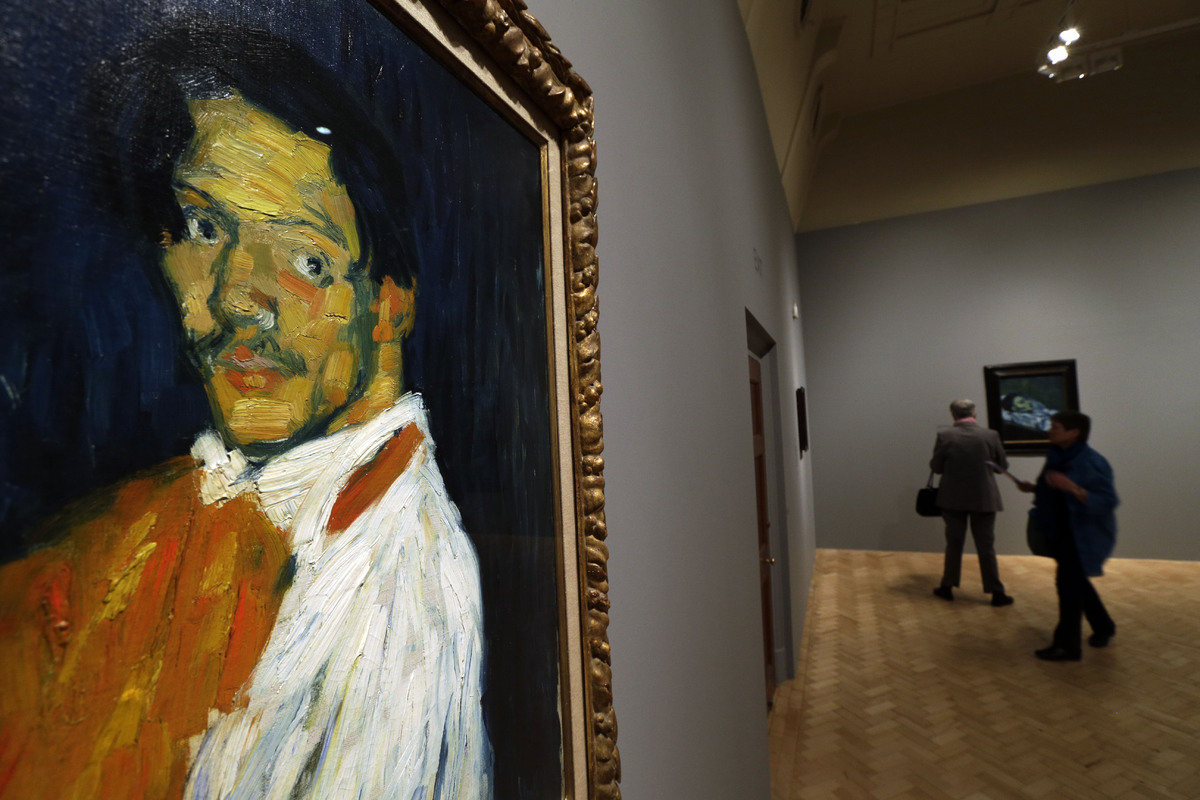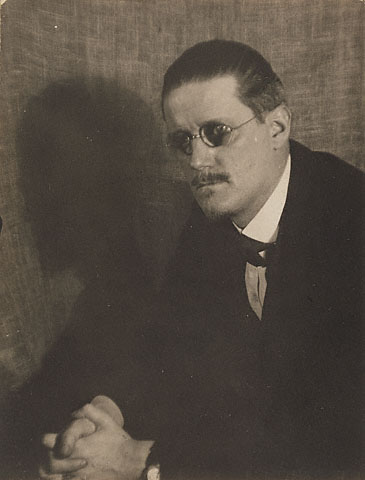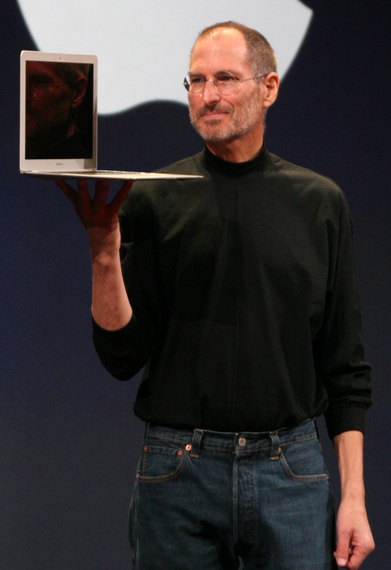In 1923, T.S. Eliot wrote that in Ulysses, James Joyce had "arrived at a very singular and perhaps unique literary distinction: the distinction of having, not in a negative but a very positive sense, no style at all. I mean that every sentence Mr. Joyce writes is peculiarly and absolutely his own; that his work is not a pastiche; but that nevertheless, it has none of the marks by which a 'style' may be distinguished." Eliot could make this observation with considerable authority, for he had adopted the same practice in his own masterpiece: thus Louis Menand observed that both The Waste Land and Ulysses are "simultaneously fantastic pieces of verbal artifice, Rubik's Cubes of possible meanings, recursive devices that appropriate so many styles and traditions that they have no style of their own." Nor was the similarity accidental, for John Harwood contended that in writing The Waste Land, Eliot "was attempting to compete with Joyce by composing in as many different styles as he could muster."
 |
Curiously, literary scholars have never traced the origins of this stylistic versatility. I believe this may be a product of the intellectual blinders that constrain current humanists to ignore developments that arise outside their chosen area of study. For I suspect that the origin of stylistic versatility in poetry and prose actually comes from painting. The poet Robert Lowell made this connection, when he remarked that "Eliot and Picasso worked in one surprising style for some years, then surprised with another." A literary scholar from an earlier generation, F.O. Matthiessen, similarly wrote in 1935 that "not only Joyce and Eliot, but such other representative artists as Stravinsky and Picasso, have all felt within the past three decades a common urgency not to rest in the development of one manner, but to press on from each discovery to another."
 |
Picasso attracted attention for his stylistic promiscuity as early as 1912, when the painter Wassily Kandinsky noted that he "throws himself from one external means to another," and the critic Roger Fry observed that "he is changing with kaleidoscopic rapidity." Later in the same decade, Piet Mondrian reported from Paris to Theo van Doesberg, incredulously, that Picasso was changing styles "because he wants to be versatile!! That's right: his work can't be convincing then, can it?" The critic John Berger would write in 1965 that Picasso's use of style had no precedent: "In the life work of no other artist is each group of works so independent of those which have just gone before, or so irrelevant to those which are to follow." And at the close of the 20th century, the great critic David Sylvester reflected that Picasso's art was "a celebration of this century's introduction of a totally promiscuous eclecticism into the practice of art."
 |
Joan Baez and Bob Dylan in 1963. Image courtesy of Wikimedia Commons. |
As I explained elsewhere, Picasso's approach to style was one of his distinctive reactions to the replacement of an art market based on patronage by an atomistic and competitive market for modern art. The diffusion of the practice of stylistic versatility from painting to poetry and prose remains to be documented in detail, but this should furnish excellent material for curious and ambitious doctoral students in the humanities, if there remain any individuals who fit that description. Gertrude Stein's salon might be an obvious place to look for the collision of the relevant disciplines. And the editor of The Waste Land might be a primary figure in the story, as for example Guy Davenport wrote of Ezra Pound that "Like Stravinsky and Picasso and Joyce, he had styles rather than a style."
 |
Stylistic versatility has penetrated one discipline after another: Miles Davis, Jean-Luc Godard, Bob Dylan, the Beatles, Thomas Pynchon (and Steve Jobs) are just a few of the modern giants who have practiced it. If humanists want to make a significant contribution to modern intellectual history, they should study its origins and diffusion, beginning with the greatest young genius of the twentieth century.
No comments:
Post a Comment